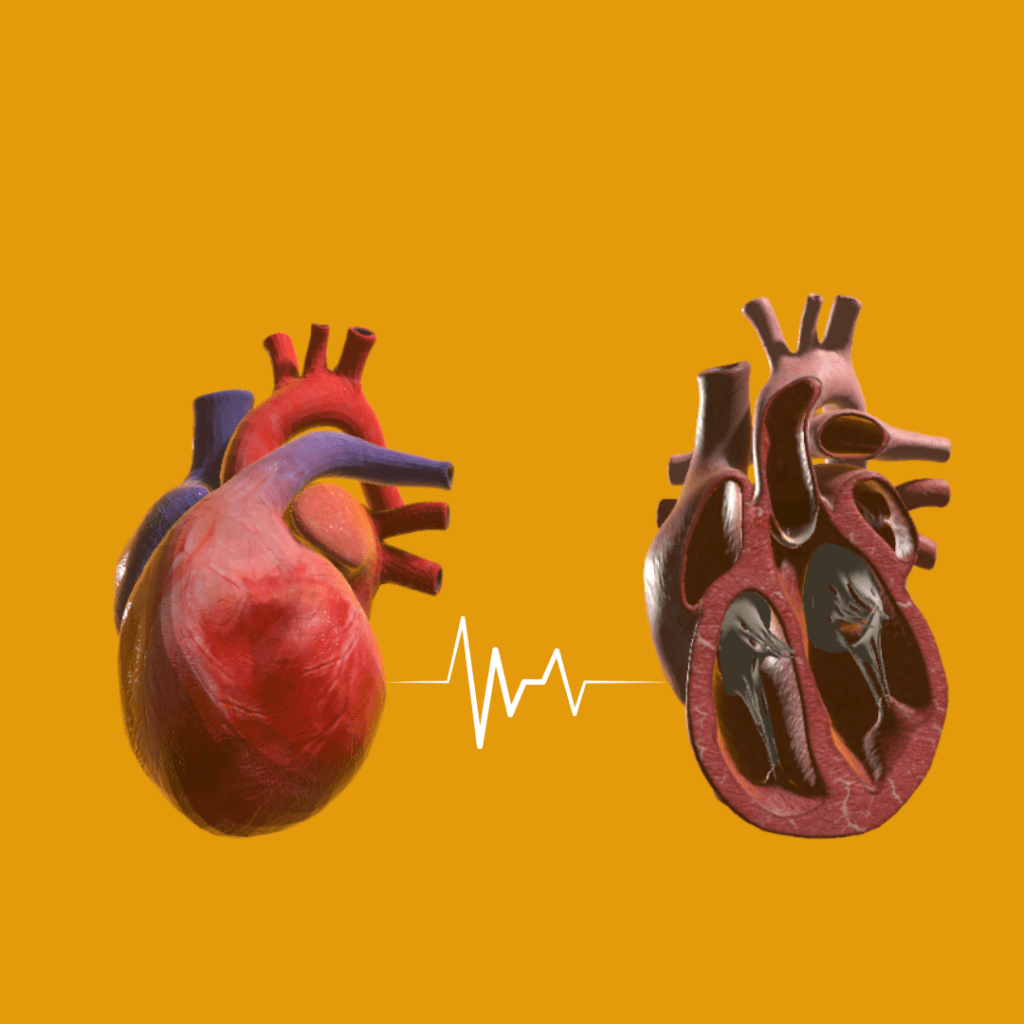The Female Reproductive System
The female reproductive system is a complex and fascinating system that enables women to produce sex cells (eggs), support fetal development during pregnancy, and give birth to a baby.
Key Components
Ovaries: Produce eggs (oocytes) and hormones (estrogen and progesterone).
Fallopian Tubes: Transport eggs from the ovaries to the uterus.
Uterus: Supports fetal development during pregnancy.
Cervix: Connects the uterus to the vagina.
Vagina: Canal for intercourse, childbirth, and menstrual flow.
Vulva: External genital area, including the labia, clitoris, and opening of the vagina.
Functions
Ovulation: Release of a mature egg from the ovary.
Fertilization: Union of sperm and egg in the fallopian tube.
Pregnancy: Implantation and development of a fertilized egg in the uterus.
Menstruation: Shedding of the uterine lining if pregnancy doesn’t occur.
Childbirth: Delivery of a baby through the vagina.
Hormonal Regulation
Estrogen: Regulates the menstrual cycle, pregnancy, and lactation.
Progesterone: Prepares the uterus for pregnancy and maintains it during pregnancy.
Fun Facts
- The female reproductive system produces around 500 eggs in a lifetime!
- The uterus expands up to 500 times its normal size during pregnancy!
- The vagina is self-cleaning and has a natural pH balance!



